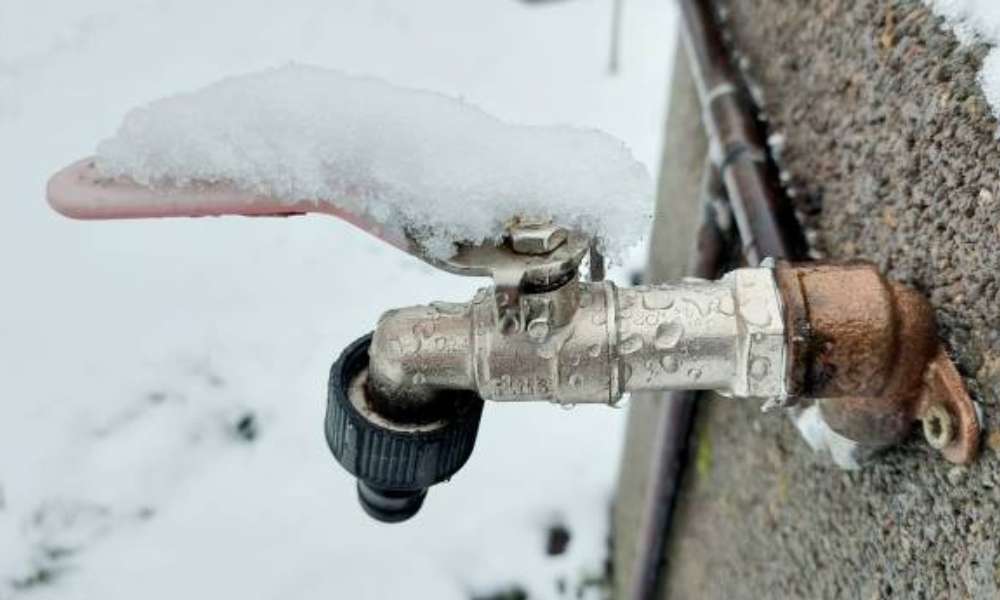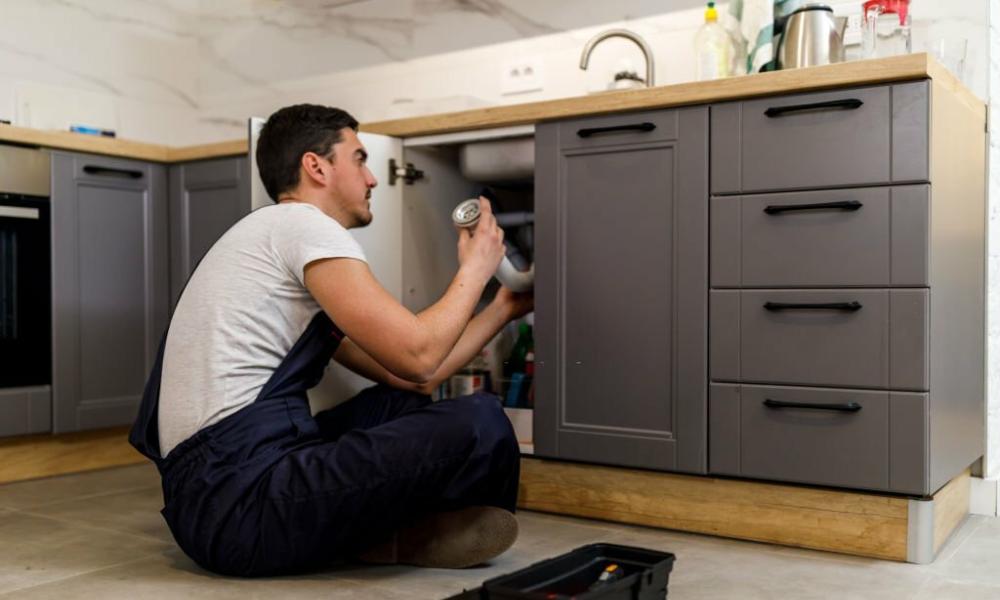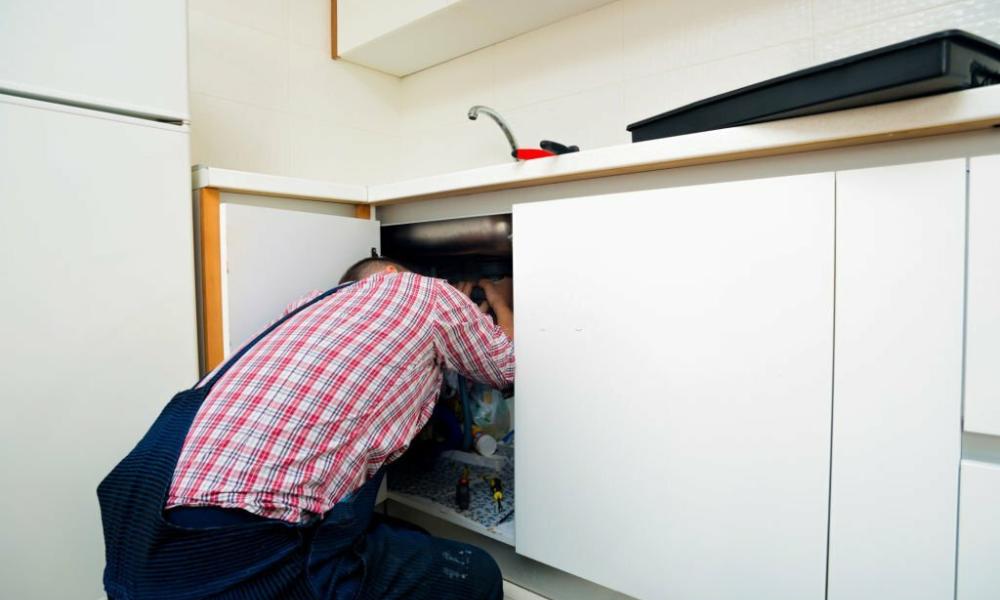To winterize an outdoor faucet without a shut-off valve, use a frost-free hose bib or insulate the faucet with a cover and foam insulation. Winterizing your outdoor faucet without a shut-off valve is essential to prevent freezing and bursting during cold temperatures.
As the weather turns cold, it’s crucial to protect your outdoor faucet from freezing to avoid potential damage. If your outdoor faucet does not have a shut-off valve, you can winterize it by using a frost-free hose bib, which prevents water from sitting inside the faucet where it can freeze and cause damage.
Alternatively, you can insulate the faucet with a cover and foam insulation to keep it safe from freezing temperatures. By taking these steps, you can ensure that your outdoor faucet will remain intact and functional during the winter months.
Understanding The Risks
Potential Damage From Freezing
Leaving an outdoor faucet exposed to freezing temperatures without proper winterization can lead to significant damage. When the water inside the pipes freezes, it expands, putting immense pressure on the plumbing system. This pressure can cause the pipes to burst, leading to costly repairs and water damage to your property. Additionally, the expansion of frozen water can damage the faucet’s internal components, rendering it inoperable.
Importance Of Winterization
It is crucial to winterize outdoor faucets without shut-off valves to prevent potential damage caused by freezing temperatures. By taking the necessary steps to protect your outdoor faucets, you can avoid costly repairs and ensure the proper functioning of the plumbing system during the winter months.
Steps To Prepare The Faucet
When preparing outdoor faucets for the winter, it’s essential to take the necessary steps to protect them from freezing temperatures. One critical aspect of this process is to ensure that the faucet is properly prepared to prevent any potential damage. By following the right steps to prepare the faucet, you can safeguard it from the harsh winter conditions and ensure it remains in good working condition when spring arrives.
Disconnecting Hoses And Attachments
Before winter hits, it’s crucial to disconnect any hoses and attachments from the outdoor faucet. Leaving these attached can lead to the accumulation of water and potential freezing, which can cause damage to both the faucet and the attached items. Ensure that all hoses are thoroughly drained and properly stored away to prevent any damage from the cold weather.
Draining The Water From The Faucet
After disconnecting the hoses and attachments, the next step is to drain the water from the outdoor faucet. This ensures that no water is left within the faucet, which can freeze and cause damage. Start by turning off the water supply to the faucet and then open the faucet to allow any remaining water to drain out completely. This step is vital in preventing any potential freezing and damage during the winter months.
The Importance Of Ensuring No Water Is Left
It’s important to emphasize the significance of ensuring that no water is left within the outdoor faucet. Even a small amount of water left inside can lead to freezing, which can cause the faucet to crack or burst. Taking the time to thoroughly drain the faucet and confirm that no water remains is essential in protecting it from winter-related damage.
Insulating The Faucet
Insulating outdoor faucets is crucial to protect them from freezing temperatures during winter. Without a shut-off valve, proper insulation is the key to preventing costly damage. Here’s how to effectively insulate your outdoor faucet without a shut-off valve:
Wrapping The Faucet With Insulation
To start, wrap the outdoor faucet with pipe insulation. Measure the length of the faucet and use an appropriate size of foam or fiberglass pipe insulation. Ensure that the entire faucet is covered tightly to provide a barrier against the cold.
Using Faucet Covers Or Socks
Consider using faucet covers or socks specifically designed for this purpose. These covers are easy to install and provide additional protection against freezing temperatures. Manufacturers typically make them with durable, weather-resistant materials, and they can be a simple yet effective solution to insulate the faucet.
Securing The Insulation Properly
It is essential to secure the insulation properly to ensure it stays in place. Use duct tape or zip ties to secure the insulation, making sure it doesn’t unravel or shift during harsh weather conditions. Pay close attention to the connections and joints around the faucet to prevent any cold air from reaching the pipes.
Utilizing Heating Cables
Heating cables can effectively protect outdoor faucets from freezing temperatures during winter. Utilizing heating cables ensures that the faucet remains functional and undamaged in cold weather. Let’s explore how heating cables can be used to winterize an outdoor faucet without a shut-off valve.
How Heating Cables Can Protect The Faucet
Heating cables are designed to provide a consistent source of heat to prevent outdoor faucets from freezing. By wrapping the heating cables around the faucet, they can maintain a suitable temperature to prevent freezing, ensuring that the faucet remains functional throughout the winter.
Installation Process For Heating Cables
The installation process for heating cables is relatively straightforward. You typically wrap the cables around the outdoor faucet, ensuring even distribution to cover the entire area and secure them with electrical tape or cable ties to ensure proper insulation. It is important to follow the manufacturer’s instructions for installation to ensure effective protection.
Safety Considerations When Using Heating Cables
When using heating cables, it is important to consider safety measures. Ensure that the cables are rated for outdoor use and are in good condition before installation. It is crucial to avoid overlapping the cables and to keep them away from any flammable materials to prevent fire hazards. Additionally, regularly inspecting the heating cables for any signs of wear or damage is essential to maintain their effectiveness.
How To Remove Moen Faucet Handle Without Screws
Monitoring And Maintenance
When it comes to the winterization of outdoor faucets without a shut-off valve, monitoring, and maintenance play a crucial role in ensuring the longevity and functionality of your plumbing system. Implementing regular checks for leaks, understanding the importance of ongoing maintenance, and knowing when to seek professional help are essential aspects that homeowners should prioritize. By following these measures, you can effectively mitigate potential damages caused by freezing temperatures.
Regularly Checking For Leaks
Regular checks for leaks are pivotal in preventing any potential water damage due to frozen outdoor faucets. Keep an eye out for any signs of dripping or pooling water near the faucet, as these could indicate a leak. Additionally, examining the surrounding areas for moisture or frost accumulation is essential, as this could highlight any existing issues with the outdoor faucet. To effectively check for leaks, create a routine schedule to inspect the faucet during the colder months, ensuring that it remains in optimal condition.
The Importance Of Ongoing Maintenance
Understanding the significance of ongoing maintenance can significantly contribute to the functionality of outdoor faucets without a shut-off valve. Regularly maintaining the faucet and its surrounding components can help prevent potential issues that arise from exposure to freezing temperatures.
This requires insulating the faucet, clearing any debris or obstructions, and disconnecting the hose to prevent water from freezing and causing damage. By prioritizing ongoing maintenance, homeowners can protect their outdoor faucets from cold weather-related damage.
Knowing When To Seek Professional Help
Recognizing when to seek professional help is essential in ensuring the effectiveness of winterizing outdoor faucets without a shut-off valve. If you observe any significant leaks, damage, or complexities during the winterization process, it is advisable to seek assistance from a licensed plumber. Professional intervention can provide the expertise. And solutions necessary to address any underlying issues and safeguard your outdoor faucet against potential damage caused by freezing temperatures.
Frequently Asked Questions
How Do I Winterize Outdoor Faucet Without Shut Off Valve?
To winterize an outdoor faucet without a shut-off valve, use an insulated cover and insulating tape to protect the faucet from freezing temperatures.
What Are The Steps To Winterize An Outdoor Faucet Without Shut Off Valve?
To winterize an outdoor faucet without a shut-off valve, first, disconnect any hoses, drain the faucet, and apply insulation to protect against freezing.
Why Is It Important To Winterize An Outdoor Faucet Without Shut Off Valve?
Winterizing an outdoor faucet without a shut-off valve is crucial to prevent freezing and potential damage to the faucet and plumbing system.
Conclusion
To sum up, winterizing an outdoor faucet without a shut-off valve is crucial in preventing costly damage. By following the steps outlined in this post, you can protect your plumbing system from freezing temperatures. Remember, a few simple precautions now can save you from major headaches later.
Keep your outdoor faucets safe this winter!




